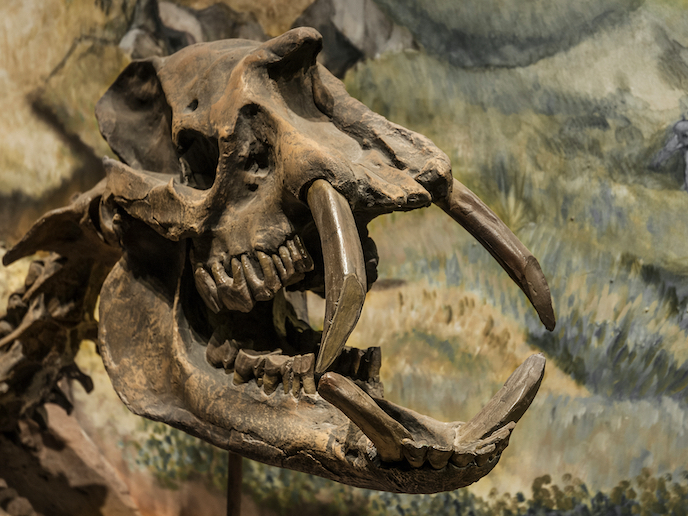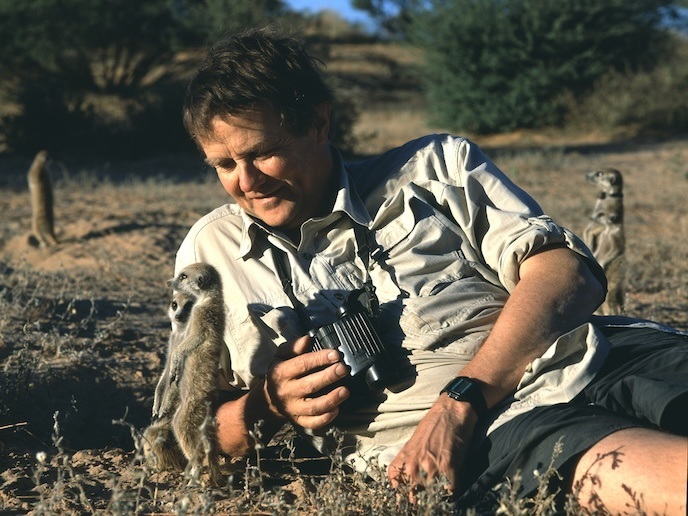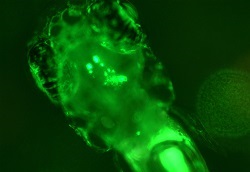Brains, brawn, or both? Understanding the evolutionary success of mammals
Mammals are among the world’s most successful animals – over 5 000 species are alive today. This is especially true for placentals, or those mammals that give birth to well-developed young. But how did these mammals become so successful? That’s the question the EU-funded BEMADE project aimed to answer. “We know that mammals, especially placentals, display larger brains compared to other vertebrates, which allows for heightened memory and senses,” says Ornella Bertrand, a researcher at the University of Edinburgh(opens in new window) and BEMADE project coordinator. “We also know that placentals were given an opportunity to diversify after the dinosaurs went extinct at the end of the Cretaceous period(opens in new window) 66 million years ago.” But what came first, the ‘chicken or the egg’? “Did large brains and keen senses help mammals survive the apocalypse that killed the dinosaurs,” asks Bertrand? “Or did these features appear later as mammals began to fill niches left empty by the disappearance of the dinosaurs?” This research was undertaken with the support of the Marie Skłodowska-Curie Actions(opens in new window).
A surprising discovery
By reconstructing the brain of Palaeocene placental mammals, the project hoped to better understand how neurosensory evolution was related to their survival and diversification. To do this, researchers used high-resolution computed tomography (CT) scanning to examine endocranial and inner ear spaces of two species of placental mammals that thrived after the extinction of the dinosaurs. “This project allowed us to start testing when brain size and keen senses changed and, more specifically, if these neurological changes occurred before or after the end-Cretaceous extinction,” explains Bertrand. During the project, researchers created an unprecedented 30 endocasts from Palaeocene and Eocene mammals. They also used several innovative statistical methods that have never been used to investigate brain evolution. “Between the endocasts and the statistical methods, we were able to pinpoint the time when neurological changes appeared and how quickly they occurred,” adds Bertrand. According to Bertrand, researchers were surprised to discover that body mass played a much bigger role in the evolution of large brains than originally thought. “Our research indicates that an enlarged, modern-style brain was not a key factor in the success of placental mammals,” notes Bertrand. “Instead, the opening of new niches post-extinction allowed mammals to develop larger body sizes, with increased brain sizes coming later.”
An amazing experience
The BEMADE project succeeded in shedding new light on a critical time in the evolution of our ancestors. “By showing how an extinction event led to the emergence of the mammalian brain, we can better understand how our neurosensory system can be permanently affected by a catastrophic event,” says Bertrand. Thanks in part to the success of this project, Bertrand was able to secure a new position as a postdoctoral research associate in mammal palaeontology at the University of Edinburgh. In this role, she will begin coding morphological character data for a large-scale analysis of extinct and extant placental phylogeny, with a focus on placing Palaeogene taxa in the context of their Cretaceous forebears and extant placentals. “The BEMADE project has been an amazing experience, one that allowed me to expand my knowledge and my network,” concludes Bertrand. “Most importantly, this project helped inspire my future research direction, giving me a novel way to think about the interaction between brain evolution and the environment.”







